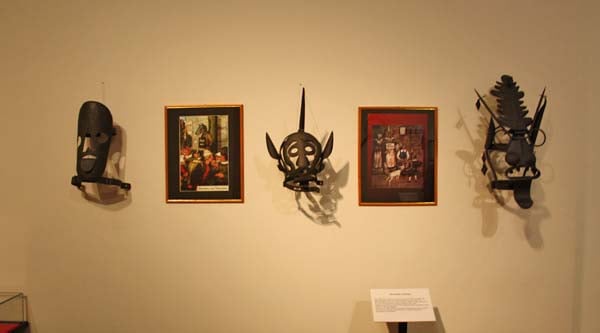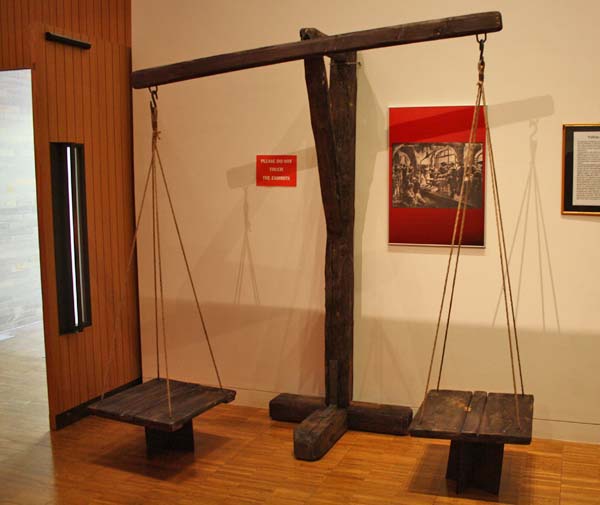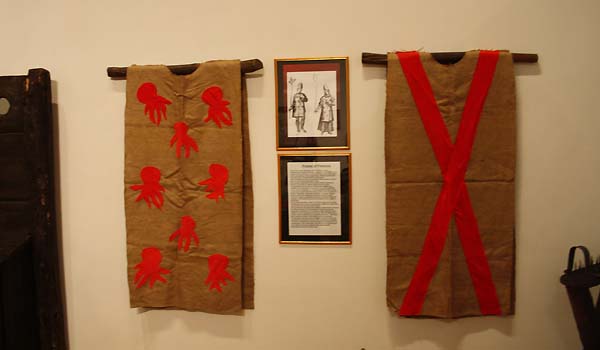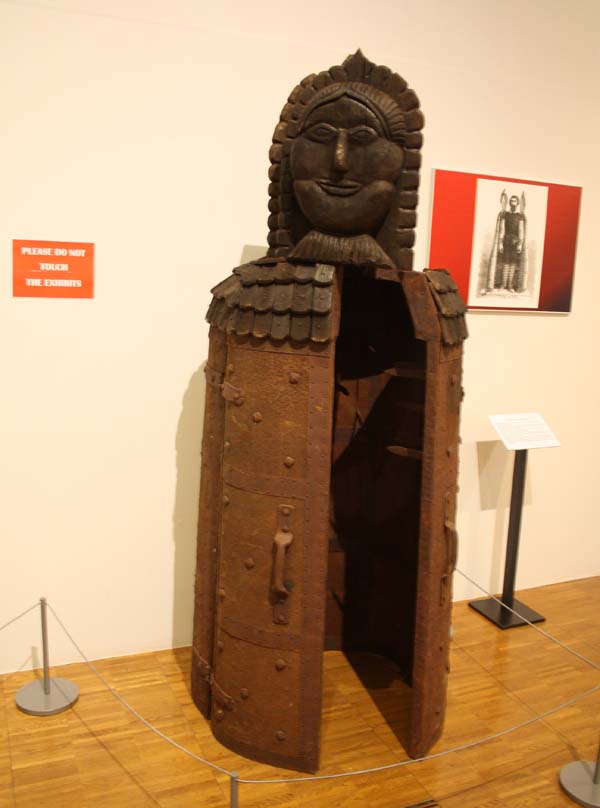— On this week in Lincoln is part of a new series, reflecting each week on different highlights throughout the city’s history. This week, we look at a dispute over a local Lord Great Chamberlain’s estate and a fire in St Swithin’s.
This week in Lincoln, controversy over the ownership of Royal office and fires struck.
On May 30 1644, a large fire destroyed St Swithin’s church on St Swithin’s Square and several houses around the church were also destroyed.
The church was rebuilt in stone in 1801, but due to neglect was removed again, to be built to the current church in 1888.
Then, on May 31 in 1781, a House of Peers enquiry declared that the estate of the late Lord Great Chamberlain Robert Bertie actually belonged to his sisters, rather than belonging to the husband of the eldest of the female siblings.
The Lord Great Chamberlain is a title given to one who watches over the affairs of the palace of Westminister.
His or her duties include ensuring the safety and wellbeing of the Queen whilst she’s in Parliament, and works closely with Earl Marshall.
Bertie held a number of titles in his life, such as Lord Lieutenant of Lincolnshire, the fourth Duke of Ancaster and Kesteven, and the fourth Marquess of Lindsey.
However, after King Edward’s coronation in 1902, it was decided that the hereditary office should be split between three different families.
It was split between the Marquess of Cholmondeley (George Henry Hugh Cholmondeley), the Earl of Ancaster (Gilbert Heathcote-Drummond-Willoughby) and the Marquess of Lincolnshire (Charles Robert Wynn Carrington).
The title was to be held by a different family every four reigns, and there are currently 14 people in office (2009 onwards).
The Marquess of Lincolnshire (Wynn-Carrington, who was originally from Middlesex) became extinct in 1928, only 16 years after the act was signed.
Currently the office is held by the 7th Marquess of Cholmondeley.









